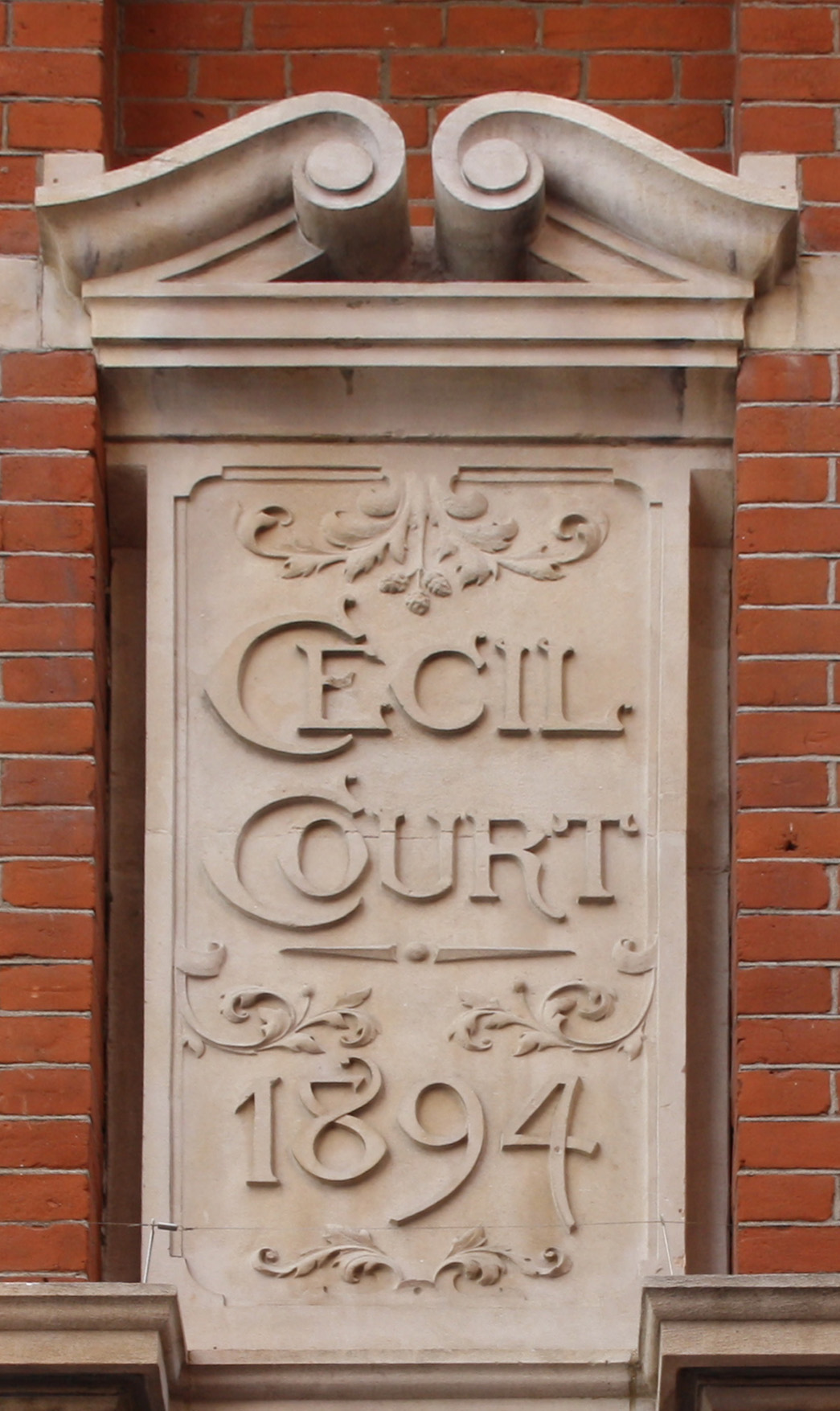Hi All, The Whitechapel Society can announce that this Saturday, 7th June, our speaker Sarah Wise will be using her presentation as a book lauch and signing session.
'The Blackest Streets: The Life and Death of a Victorian Slum '
Full details of the meeting can be found on our website - www.whitechapelsociety.com
Join the Whitechapel Society today!
Frogg Moody.
Here is the book press release for this not to be missed meeting.
The Blackest Streets: The Life and Death of a Victorian Slum
Publisher: Bodley Head, £20, 1st June 2008
Using a rich archival store, Sarah Wise reconstructs how life was really lived in the Old Nichol - the 15-acre area of London's East End with a reputation for criminality, disease and dilapidation that was so bad in 1887 that inspectors for a quasi-governmental commission were sent in to report on conditions.
The inspectors discovered horrifying living conditions in the Old Nichol's 30 or so streets and learned of how these rotting, 100 year-old houses were in fact among the most lucrative property in London for their owners - who included peers of the realm, local politicians, churchmen and lawyers. Profits of as much as 150% per annum could be made by slumlords, and one estimate in the Daily Telegraph of 1889 stated that per cubic foot, the rents of these death-traps were between four and ten times those charged in Belgravia and Mayfair.
The Blackest streets explores the real lives behind the myths about the Old Nichol, and turns the gaze back on the 'respectable' observers and their various theories about how to solve the poverty problem. Some of their more extreme suggestions included mass forced emigration, internment camps and the prevention of breeding - in line with contemporary 'racial degeneration' theory. Anarchists and Communists also came to explore and to gauge to what extent revolutionary feeling might exist among the very poor. But the Nichol was also a battleground of religious thinking, with various shades of Protestantism doing battle with each other - and with religious apathy - to save souls.
As with Sarah Wise's acclaimed debut book The Italian Boy (2004), The Blackest Streets is a portrait of one era giving way to another, and she reveals that a much more complex mix of population existed among the chronically poor than many commentators were aware of. She puts back on record tales of endurance and kindness, while analysing the social and political structures that created and sustained this black hole at the heart of the Empire.
Sarah Wise is the author of The Italian Boy: Murder and Grave-Robbery in 1830s London (Jonathan Cape), which was shortlisted for the 2005 Samuel Johnson Prize for Non-Fiction and won the Crime Writers' Association 2005 Gold Dagger for Non-Fiction. She lives in central London and reviews for the Daily Telegraph and the Literary Review.
'The Blackest Streets: The Life and Death of a Victorian Slum '
Full details of the meeting can be found on our website - www.whitechapelsociety.com
Join the Whitechapel Society today!
Frogg Moody.
Here is the book press release for this not to be missed meeting.
The Blackest Streets: The Life and Death of a Victorian Slum
Publisher: Bodley Head, £20, 1st June 2008
Using a rich archival store, Sarah Wise reconstructs how life was really lived in the Old Nichol - the 15-acre area of London's East End with a reputation for criminality, disease and dilapidation that was so bad in 1887 that inspectors for a quasi-governmental commission were sent in to report on conditions.
The inspectors discovered horrifying living conditions in the Old Nichol's 30 or so streets and learned of how these rotting, 100 year-old houses were in fact among the most lucrative property in London for their owners - who included peers of the realm, local politicians, churchmen and lawyers. Profits of as much as 150% per annum could be made by slumlords, and one estimate in the Daily Telegraph of 1889 stated that per cubic foot, the rents of these death-traps were between four and ten times those charged in Belgravia and Mayfair.
The Blackest streets explores the real lives behind the myths about the Old Nichol, and turns the gaze back on the 'respectable' observers and their various theories about how to solve the poverty problem. Some of their more extreme suggestions included mass forced emigration, internment camps and the prevention of breeding - in line with contemporary 'racial degeneration' theory. Anarchists and Communists also came to explore and to gauge to what extent revolutionary feeling might exist among the very poor. But the Nichol was also a battleground of religious thinking, with various shades of Protestantism doing battle with each other - and with religious apathy - to save souls.
As with Sarah Wise's acclaimed debut book The Italian Boy (2004), The Blackest Streets is a portrait of one era giving way to another, and she reveals that a much more complex mix of population existed among the chronically poor than many commentators were aware of. She puts back on record tales of endurance and kindness, while analysing the social and political structures that created and sustained this black hole at the heart of the Empire.
Sarah Wise is the author of The Italian Boy: Murder and Grave-Robbery in 1830s London (Jonathan Cape), which was shortlisted for the 2005 Samuel Johnson Prize for Non-Fiction and won the Crime Writers' Association 2005 Gold Dagger for Non-Fiction. She lives in central London and reviews for the Daily Telegraph and the Literary Review.



 x
x
Comment